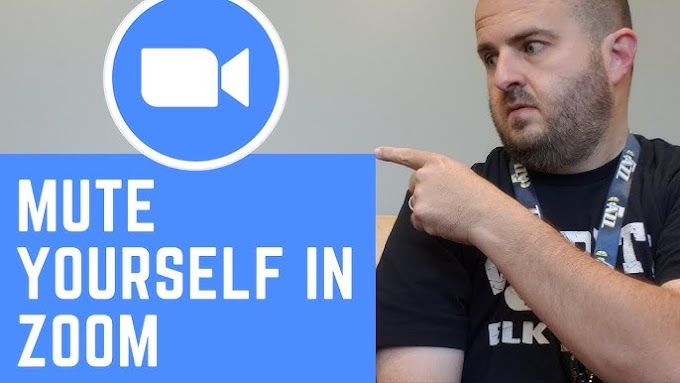26. Algebra
Q26:
Solve the equation .
Answer:
The equation is a perfect square:
Thus, , so .
27. Trigonometry
Q27:
Find the value of .
Answer:
28. Coordinate Geometry
Q28:
Find the equation of the line passing through the point and having slope .
Answer:
The equation of a line in point-slope form is:
Substitute , , and :
Simplify:
Thus, the equation of the line is .
29. Calculus
Q29:
Find the derivative of .
Answer:
Using the power rule for differentiation:
Thus, the derivative is .
30. Probability
Q30:
A coin is flipped twice. What is the probability of getting at least one tail?
Answer:
The possible outcomes when a coin is flipped twice are:
The favorable outcomes for getting at least one tail are:
Thus, the probability is:
31. Quadratic Equations
Q31:
Find the roots of the quadratic equation .
Answer:
The quadratic equation is .
We factor the equation:
Thus, the roots are:
32. Set Theory
Q32:
If and , find (the intersection of and ).
Answer:
The intersection of sets and is the set of elements that are in both sets.
33. Matrices
Q33:
Find the determinant of the matrix .
Answer:
The determinant of a 2x2 matrix is:
For the matrix :
Thus, the determinant is 2.
34. Progressions
Q34:
Find the 7th term of an arithmetic progression where the first term and the common difference .
Answer:
The -th term of an arithmetic progression is given by:
Substitute , , and :
Thus, the 7th term is 17.
35. Logarithms
Q35:
Solve .
Answer:
Rewriting the logarithmic equation as an exponential equation:
Thus, .
36. Limits
Q36:
Find the limit .
Answer:
Using the standard limit , we rewrite the expression:
Thus, the limit is:
37. Matrices
Q37:
Find the inverse of the matrix .
Answer:
The inverse of a 2x2 matrix is given by:
For , the determinant is:
Thus, the inverse is:
38. Complex Numbers
Q38:
Find the conjugate of the complex number .
Answer:
The conjugate of is:
39. Trigonometry
Q39:
Find .
Answer:
40. Calculus
Q40:
Find the integral of .
Answer:
Using the power rule for integration:
Thus, the integral is , where is the constant of integration.











